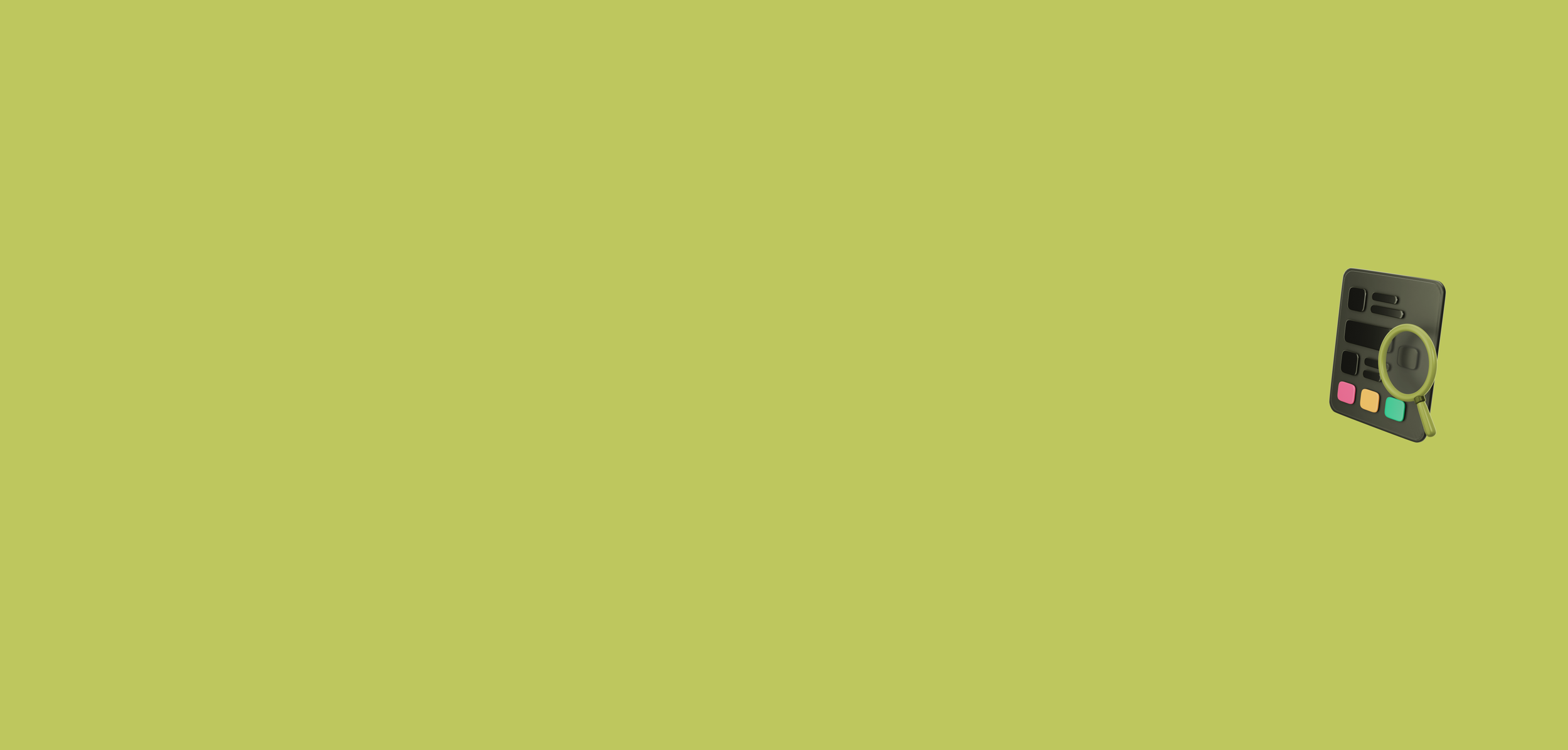
Learn habits
that stick.
Grow. is an educational app that helps users develop healthy habits that stick. The app allows goal setting, reminders and consistency tracking. It features daily actionable challenges supported by partners or teammates across the globe, as well as access to excellent quality videos and articles by leading experts.

-
Role.
Lead UX Designer
UX Researcher
UI Designer
UX Writer -
Compatibility.
Mobile App
Mobile Web
Desktop Web -
Duration.
May 2022 - June 2022
(4 weeks)
The Problem.
The overwhelming majority of adults in the world have unhealthy lifestyle that they put their lives at risk. Identifying a lack of general knowledge about how to properly cultivate healthy habits that stick as well as the limited understanding about the psychological impact that contributes to how adults live.
The Goal.
Design an app that will educate, motivate, provide actionable tasks to effectively cultivate healthy habits.

Design Process

Research.
The first part is to conduct foundational research by gathering information about the psychological factors that affects people in relation to habits. I then used the data to develop interview questions, which where used to conduct user interviews.
Most interview participants reported wanting to develop healthy habits but felt bad that they find it difficult to start, stop or stay consistent. The feedback through research revealed several pain points yet made it very clear that users would want to develop positive habits if they knew how and had something to encourage them
Pain Points
Personas
User Journey Map
Mapping out Emma’s user journey revealed her motivation and the obstacles she encounters when completing a goal. The map also provided clarity for improvement opportunities which is valuable for the design solution.

Ideation.
Information Architecture
The goal here is to draw out a strategic information architecture that would make the app easy to understand and an overall simple navigation. The main user is highlighted and structured in a very simple process that can be achieved from multiple pages of the app.
Paper Wireframes
Digital Wireframes
Usability Study
Findings
Low-fidelity Prototype
Using the completed set of digital wireframes and insights from the usability study, updates were made to the low-fidelity prototype based on user feedback. The primary user flow shows the onboarding process to challenge completion until the user is finally directed to the home page where the users can navigate the app on their own. An option to skip the onboarding process is also added.
Interact with the low-fidelity prototype here.

Starting the design.
Mockups
High-fidelity prototype
The final high-fidelity prototype presented cleaner user flows for the onboarding process, completion of daily challenge and overall navigation through the app. It also met user needs and solved user pain points for learning and developing healthy habits.
Interact with the high-fidelity prototype here.

Responsive designs.
Sitemap
The website version shows a different use case which has the purpose of informing users designed with a very simple user flow. Users can learn about how the app works, access materials such as videos and articles as well as navigate advanced settings, the website also directs them to download the app where they can have full access to the service. The strategic information architecture was designed to make things simple, easy and engaging for the users.


Takeaways.
-
Impact.
Users found the app a very helpful tool in developing healthy habits. Based on the usability studies, users also felt that social engagement as well as the ability to do challenges with others is something they believe is highly motivating. To add, users found the app fun and interactive and would love to use the it regularly.
One quotes from usability studies:
“Very impressive! Looks so clean! I liked the overall design of the app, and the interactions too. I also really like the option to do the challenge with other people and the notifications to prompt me to take the challenges is very useful!”
-
Lessons Learned.
Designing an app for social good requires intensive user research and empathy. I learned that all people want to adapt healthy habits but majority fail to do so, deep research in psychology also helped the overall design decisions in order to produce an innovative and effective solution to the users’ pain points.
Introducing a new product also requires a very simple and intuitive user flow so that users can focus on their goals which makes swifting through a new product feel smooth and almost invisible. I am deeply surprised and grateful for the amount of appreciation from the users, the success of the product is a motivation to continuously improve and make the app’s user experience even better.





















